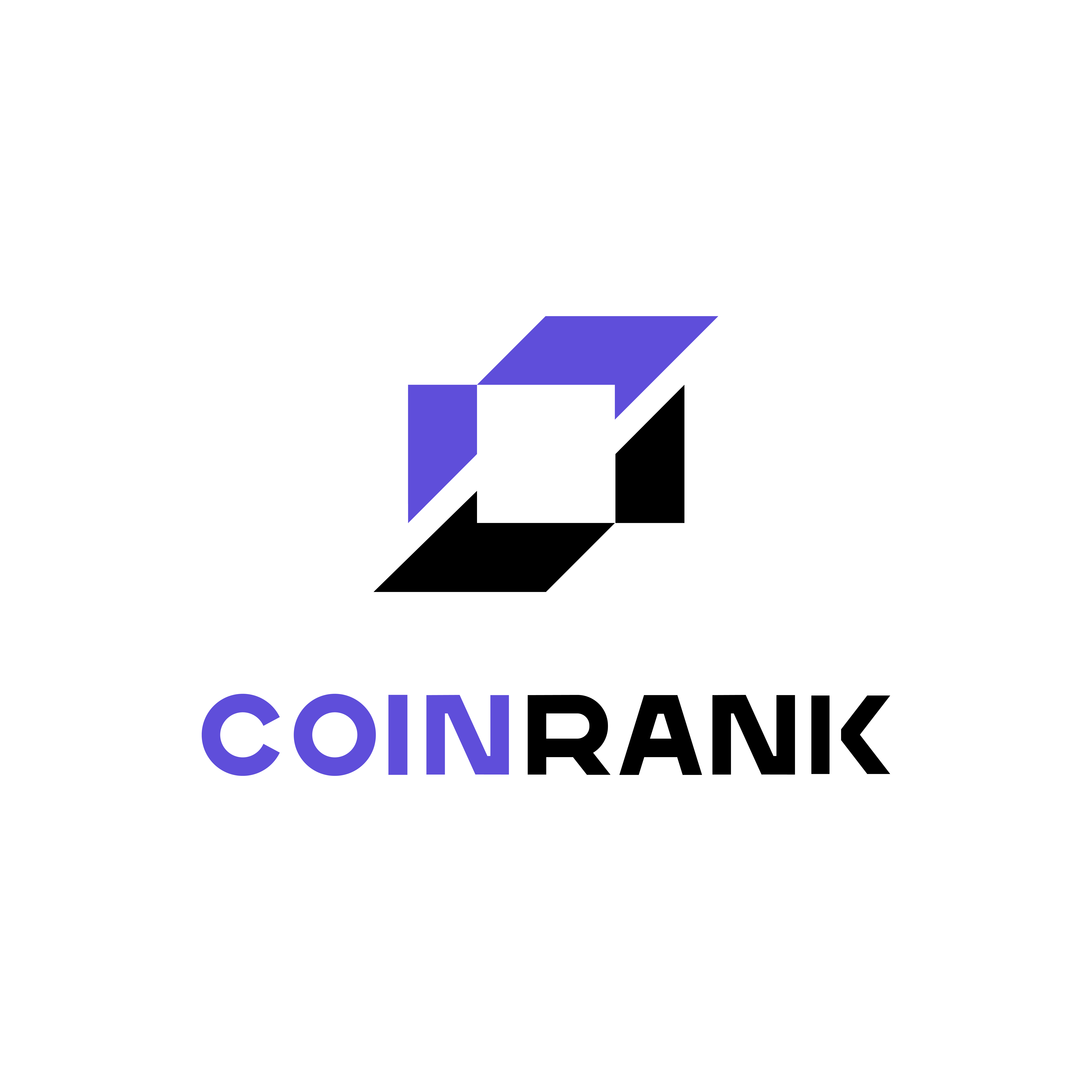With the continuous maturity of blockchain technology and the rapid development of the digital asset market, the tokenization of real world assets (RWA) is becoming an important bridge connecting traditional finance and the digital economy.
However, the development of RWAs has not been smooth sailing. Governments and regulators are faced with the challenge of finding a balance between promoting innovation and protecting investors.
Different countries have adopted very different policy attitudes towards RWA based on their respective financial systems, legal frameworks and regulatory concepts - some actively embrace it, some cautiously wait and see, and some set strict restrictions.
Hong Kong: The world's most stringent regulatory framework is about to be implemented
With the Hong Kong Stablecoin Ordinance set to come into effect on August 1, 2025, this international financial center is becoming a pioneer in the global compliance process.
The new regulations not only require issuers to apply for scarce licenses (only a single digit number of the first batch were issued), but also require 100% reserve isolation and third-party custody to ensure the safety of user assets. Technology giants such as Ant and JD.com have entered the sandbox test, and traditional financial institutions such as Standard Chartered Bank have also formed a consortium to compete for licenses.
However, strict entry requirements (such as a minimum paid-up capital of HK$25 million) may keep small and medium-sized institutions out, and the trend towards market concentration is inevitable.
HKMA Chief Executive Eddie Yue recently warned the industry to “cool down”, suggesting that while regulators are promoting innovation, they have not relaxed their bottom line on risk prevention and control.
The United States: The ambition for dollar hegemony behind dual-track regulation
While Hong Kong is pushing forward the ordinance at full speed, the GENIUS Act passed by the US Senate reveals deeper strategic intentions.
The bill establishes a dual-track regulatory system at the federal and state levels: the federal government regulates "systemically important stablecoins" with a market value of more than $10 billion, and the state level manages small and medium-sized issuers, while forcing the dollar to be anchored and prohibiting algorithmic stablecoins.
Finance Minister Bessant bluntly stated that the move is aimed at "consolidating the global status of the US dollar" - by requiring stablecoin reserves to invest in US Treasury bonds maturing within 93 days, the private sector will passively increase its holdings of US Treasury bonds, thereby reducing the country's borrowing costs.
Global differentiation: EU strict control vs. emerging market "passive dollarization"
In this regulatory race, strategies of different economies are polarized.
The EU has erected a "protective wall" through the MiCA framework, prohibiting the use of non-euro stablecoins for daily payments and delisting currencies such as USDT to defend the sovereignty of the euro.
In contrast, due to the depreciation of their currencies, emerging markets such as Turkey and Nigeria have seen stablecoins become de facto “digital dollars” (43% of on-chain transactions in Nigeria involve stablecoins). 10% of cross-border remittances in Mexico are completed through USDC, and people are forced to struggle between financial innovation and the loss of monetary sovereignty.
Russia has chosen a different approach, postponing the implementation of the central bank's digital ruble until 2026 and instead forcing merchants to accept payments in the national digital currency in stages, attempting to use administrative power to counter the penetration of private stablecoins.
Conclusion: The life-and-death race between compliance and sovereignty
The assertion of Hong Kong Treasury Secretary Paul Chan points out the core: "The original intention of stablecoins is to serve the real economy, not to create wealth myths."
Behind this regulatory competition is actually a secret war for monetary sovereignty: the United States is expanding the dollar's hegemony through stablecoins, the European Union is protecting the integrity of the euro, and Hong Kong is opening up a roundabout battlefield for the internationalization of the renminbi.
When technological innovation collides with geopolitical games, the future of stablecoins is not only the evolution of financial instruments, but also the key to reshaping the global financial power map.



